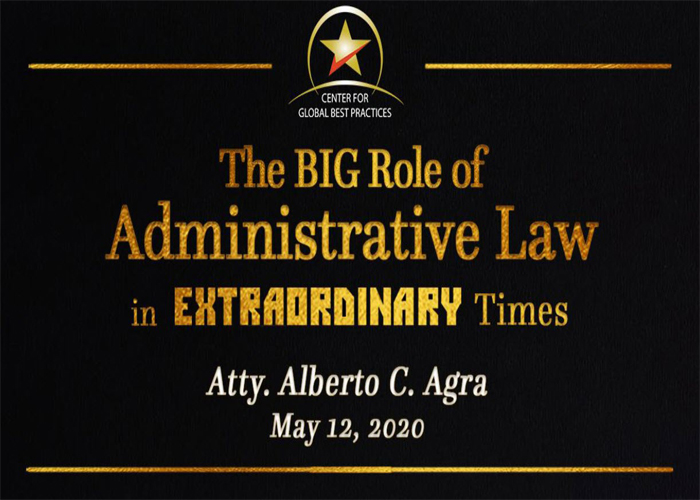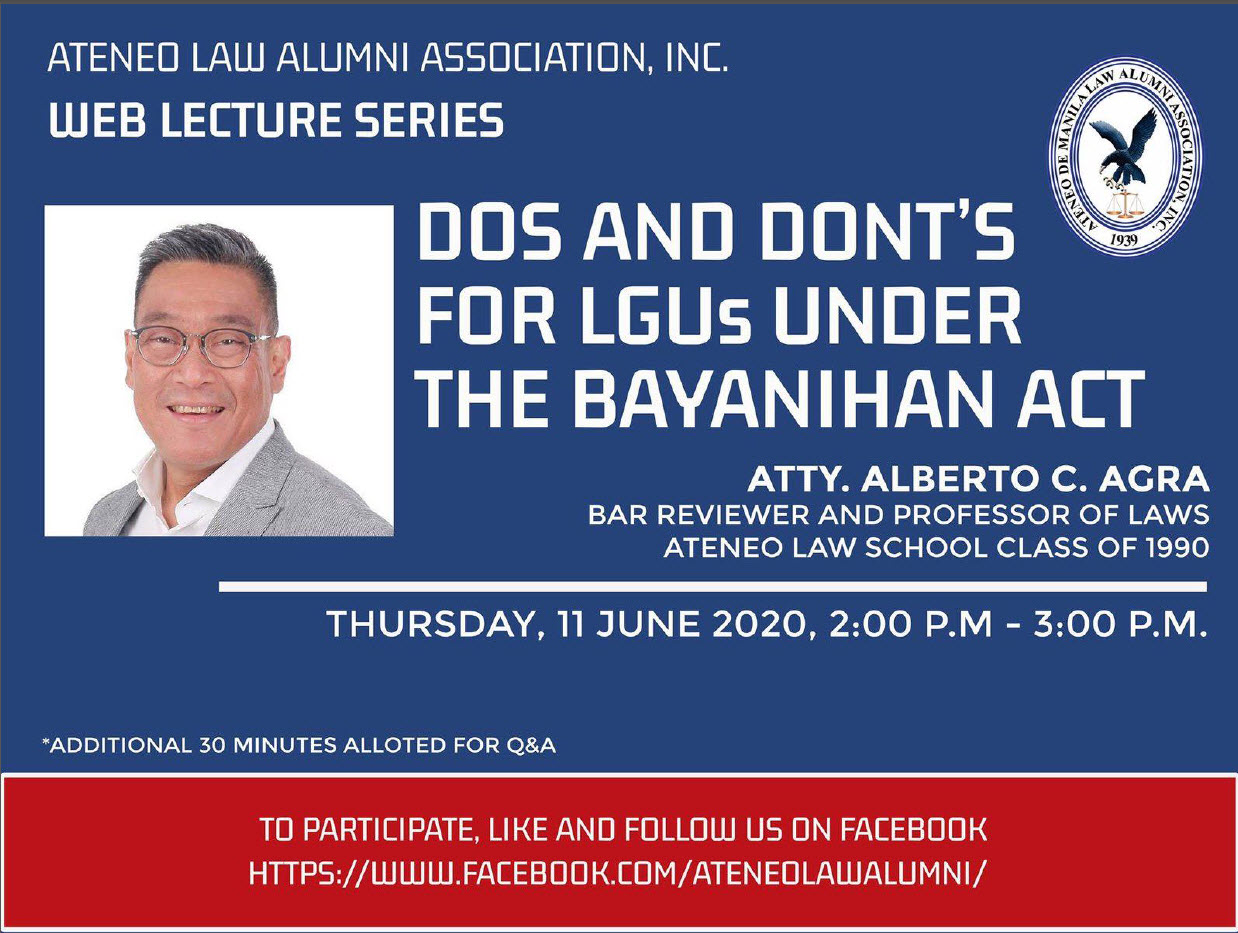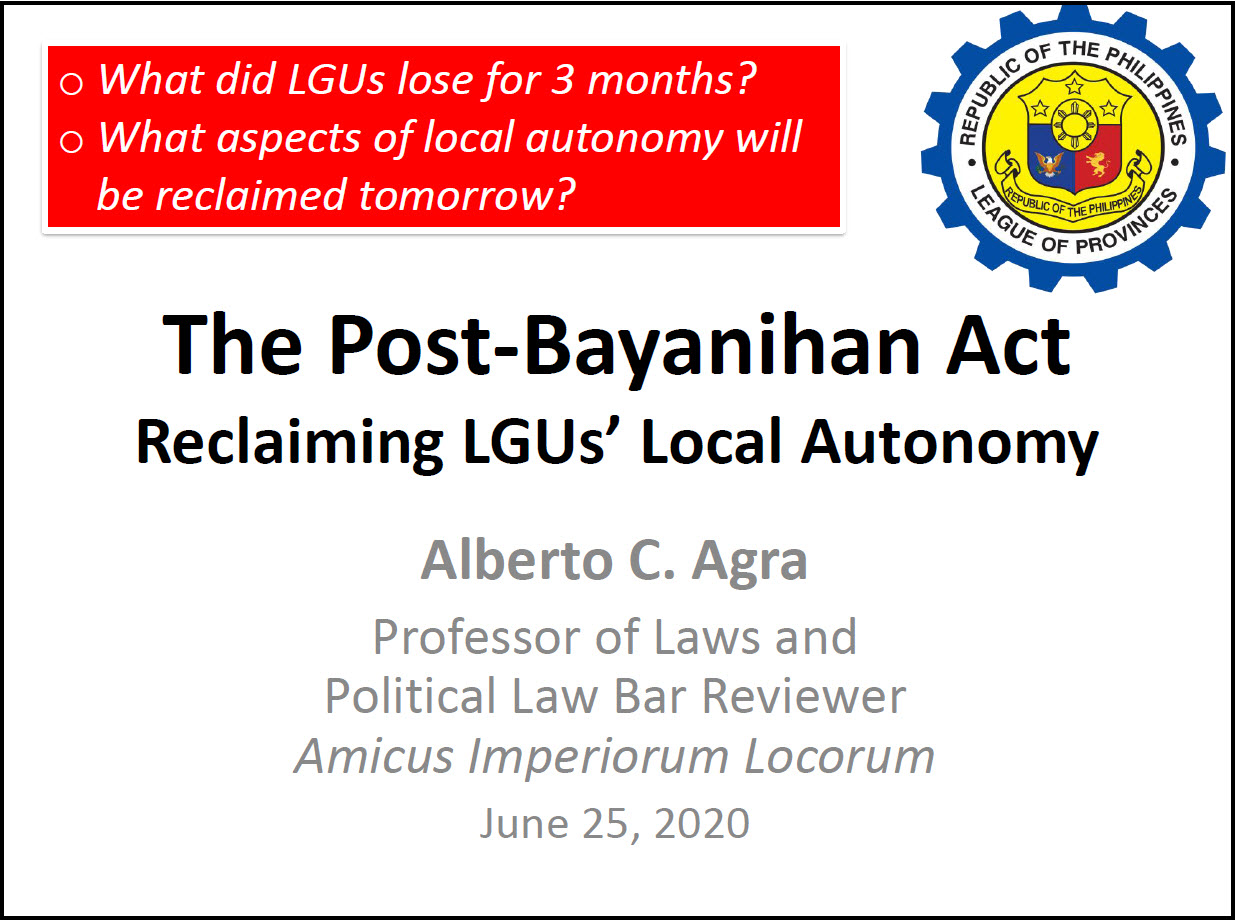Agra PPPP Ordinance

Learning Materials
Click on the Image to Download File

Total:

Total:

Total:

Total:

Total:

Click on the Image to Download File





Yes! Tough Mudder will come to the Philippines this year, the first in this part of the world. This July and November, TM will be offering to the growing Filipino community of obstacle-sports enthusiasts its mud run
obstacle-course challenge.
Pilipinas Obstacle Sports Federation, the national sports association on obstacle sports, defines the sport as one in which a participant or competitor, traveling on foot, must overcome various physical challenges that are in the form of obstacles.
Being a public-private partnership (PPP) advocate and an active obstacle sports enthusiast, this columnist cannot help but compare the vision and values of PPP and TM. Previously, he wrote about Traversing PPPs is like a Spartan Race. Aroo!!! right after he joined his first obstacle course race in September 2016.
In order for public-private partnership (PPP) arrangements to happen, there must be private sector proponents (PSPs) who are willing to deal with the government through its implementing agencies (IAs). IAs must, likewise, be open to partnering with PSPs.
If a PSP is bureaucracy-risk-averse, is not willing to face political risks or suffers from “bureauphobia,” as described by Dr. Ichak Adizes in his January 3 blog, then, obviously, there could be no PPPs. Relatedly, IAs must acknowledge that there are gaps and believe that there are benefits in partnering with outsiders or PSPs.
What is bureauphobia? According to Adizes, “bureau-phobia is…induced by the environment we live in.” He admits “feeling the symptoms of bureauphobia” as he “look[s] at the papers (referring to IRA, tax and trust documents) and becoming paralyzed.” He asks, “How in the world can I fill out these forms and not make a mistake? And what will be the repercussions if I make a mistake?” He anchors his fear of the bureaucracy from the government’s intrusion into people’s lives and the resulting punishment for noncompliance with government impositions.
What is the traditional meaning of bureaucracy? Max Weber lists the characteristics of a bureaucracy: Government agencies have fixed jurisdictional areas; are ordered by rules and regulations; have regular activities required, which are distributed as official duties; have the authority to give commands required for discharge of these duties; and have methodical provisions where regular and continuous fulfillment of these duties are performed.
Public-Private partnership (PPP) is not new to the Philippine Ports Authority (PPA). It has embarked, successfully at that, on the privatization of Manila International Container Terminal, South Harbor, Batangas and North Harbor.
PPA has its own PPP guidelines. PPA Administrative Order 03-2016 institutionalizes greater private sector participation (PSP) in the management and operations of ports. The current leadership in PPA, led by General Manager Jay Santiago, vigorously continues the PPA PPP/PSP legacy. He shares his thoughts in PPP Conversations.
What is your concept of PPP?
PPA’s PPP framework is anchored on its Charter and supports the exercise of its regulatory and developmental functions. This framework comprises the following modalities: build-operate-transfer; joint ventures; and port real-estate leasing. The privatization of the major ports has resulted in enormous improvement in the quality of services, not to mention the immense contribution that these terminals make to PPA’s revenue.
What makes PPP a viable and preferred development strategy for ports?
As a policy, priority is given to private-sector financing whether it be for the purpose of establishing a private commercial port or as an investment in government ports. PPP ensures fund generation, reduction in government spending, utilization of underutilized port facilities, complete delivery of port services, the upgrade of existing port facilities at no or minimum expense to the government and the dispersal of economic benefits to a wider area of the population.
Last week this columnist wrote about a viand that the government has to order—whether to court or bid out projects in a public-private partnership (PPP) arrangement; or allow itself to be courted or consider an unsolicited proposal from a private sector proponent (PSP).
In the sequence of decisions, this, however, is not the first choice which the government, through an implementing agency (IA), has to make. To choose this viand means that an IA has already decided to embark on a PPP. Before an IA opens its PPP Menu, it must first choose from a host of development strategies.
The pure public choice. An IA may opt to use its own (public) money to fund a project—road, bridge, airport, bulk water supply, monorail, among others. The IA may also borrow money. It may construct the project by administration. The concerned agency may also operate and maintain the facility. The IA may set up a subsidiary as its public corporate vehicle for a project. The IA performs all the functions, assumes all the risks and earns from the public investment.
The private-only PPP choice. The IA, without contributing any public resource, may decide to allow a PSP to undertake a project from end-to-end. The government here chooses the project, chooses the PSP, and retains its power to regulate and set policies.
THE government cannot be forced to make a particular decision or compelled to order a specific viand of the Public-Private Partnership (PPP) Menu.
In PPPs, while being consensual and contractual in nature, the initiatory and ultimate decision for a PPP-government project lies with the public sector. One such initiatory determination is the manner by which a public implementing agency (IA) chooses its private-sector proponent (PSP) for a particular project.
Either an IA will court or allow itself to be courted—whether it will go through bidding, open competition or competitive selection, and court the public, bidders and PSPs; or it will consider an unsolicited proposal from and allow itself to be courted by a PSP in a competitive challenge process.
The originator. In a bidding, the IA is the originator, while in a competitive challenge, it is the PSP. When an IA courts, it chooses the project and the modality, prepares the terms of reference, and drafts the PPP contract. The government, therefore, owns, as public funds are expended, the project documents. It publishes its intention to invite PSPs.
Public-Private Partnership (PPP) involves a lot of choices. In the PPP Menu, the government implementing agency (IA) orders the strategy, project, PPP modality, selection procedure and form and amount of the contribution, among other “viands.”
One important viand is the constitution of the components of the PPP project—single component or unbundled project, or a bundled or multipurpose project. Examples of the first option would be a joint venture on bulk water supply, a management contract for the radiology department of a hospital, build-transfer- and-operate for power generation or a build-and-transfer of an evacuation center.
The reasons to unbundle projects, and not to bundle, are varied. One, the project may involve large capitalization and splitting the components would be more acceptable. Two, the market may be ready or is untested. Three, combining with other components may be unattractive for private-sector proponents (PSPs) or there might a dearth of qualified PSPs. Four, the IA has a limited mandate. Five, there could be political, human resource and social sensitivities if other components are included at the onset. Six, the law requires unbundling, like in the power sector.
A bundled project presents a combination or integration of several components or projects into one. There shall be multiple parts, embodied in one contract, offering several benefits to the public and more gains to the government, whereby one PSP, or a consortium, is selected through a competitive process. This presupposes that the IA has the mandate to pursue all the components/projects, and the PSP is eligible to undertake all the parts.
One of the government agencies undergoing transformation in order to be more relevant and truly developmental is the Philippine National Oil Co. (PNOC). From a holding or “passive” company, it is now reengineering itself to be an operating or “active” company.
Recognizing its limitations while capitalizing on its resources and assets and furthering the programs of the Department of Energy (DOE), the Philippine National Oil Co. (PNOC) is poised to enter into public-private partnerships (PPPs) for liquefied natural gas (LNG) and real-estate development.
PPP lead chats with PNOC President Reuben S. Lista to know where PNOC is headed.
PPP is a tool that harnesses the strengths of the private sector in attaining developmental objectives of the government. It capitalizes on the expertise of the private sector as it lessens the financial exposure of PNOC while limiting its business risks but provides a way for the private sector to recoup its investment.